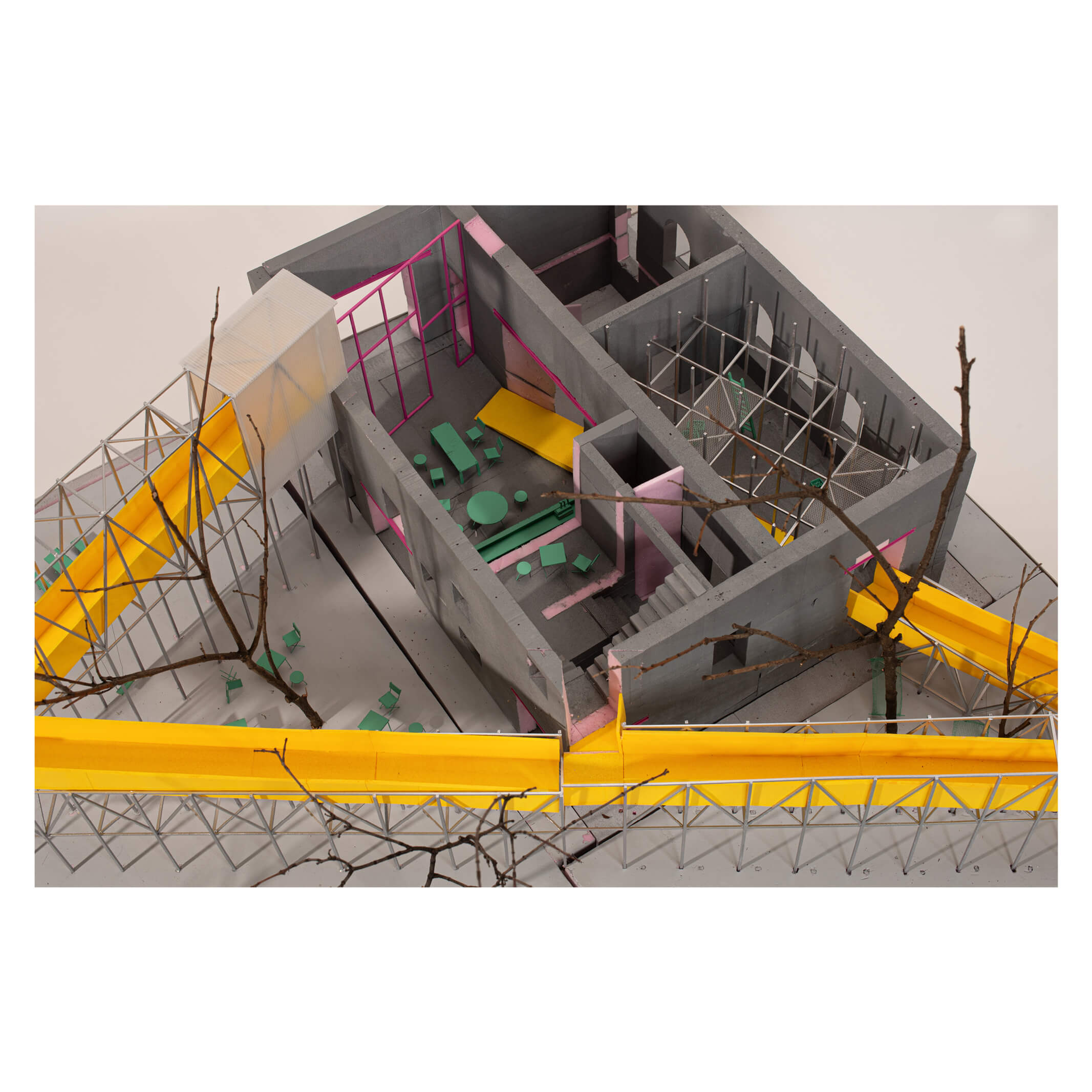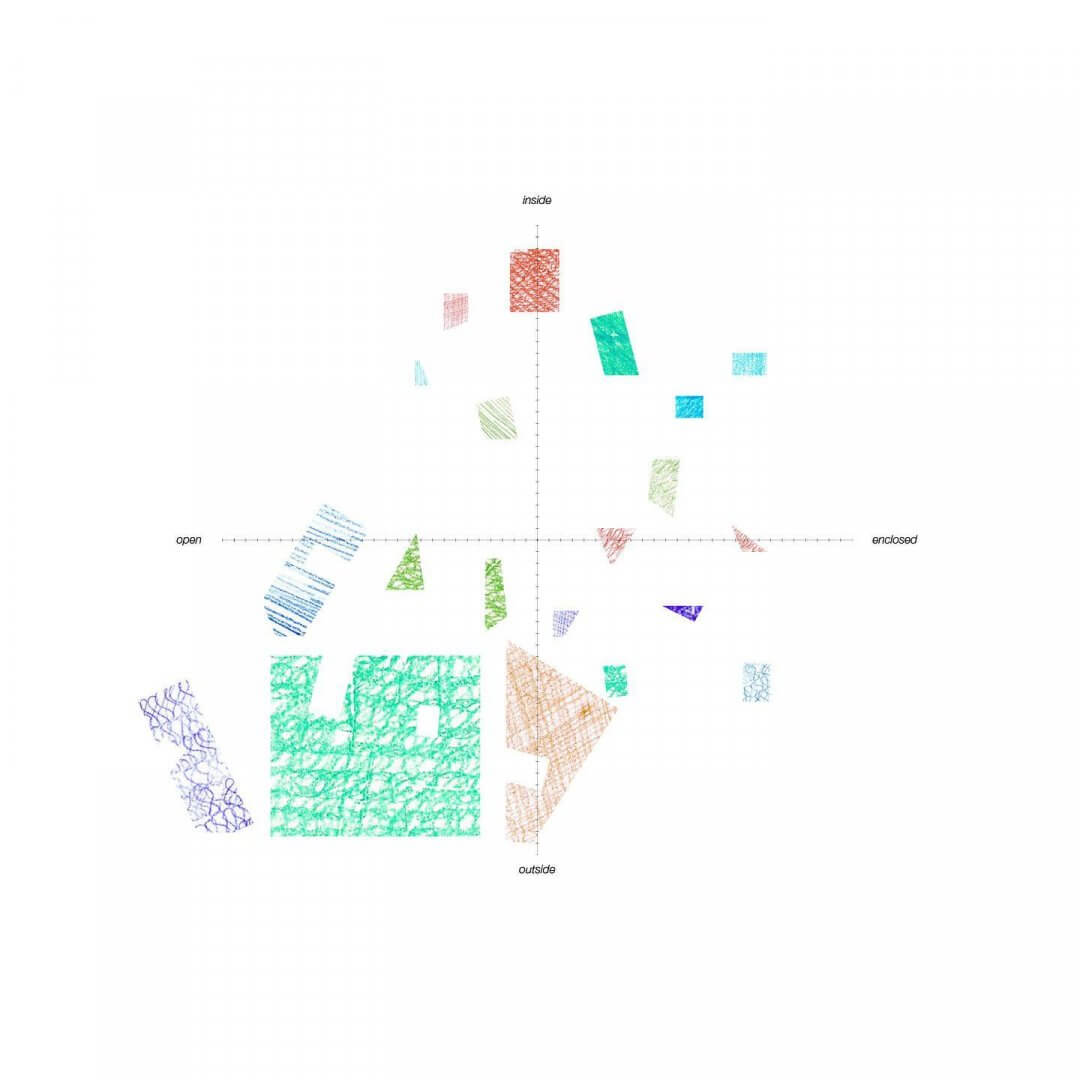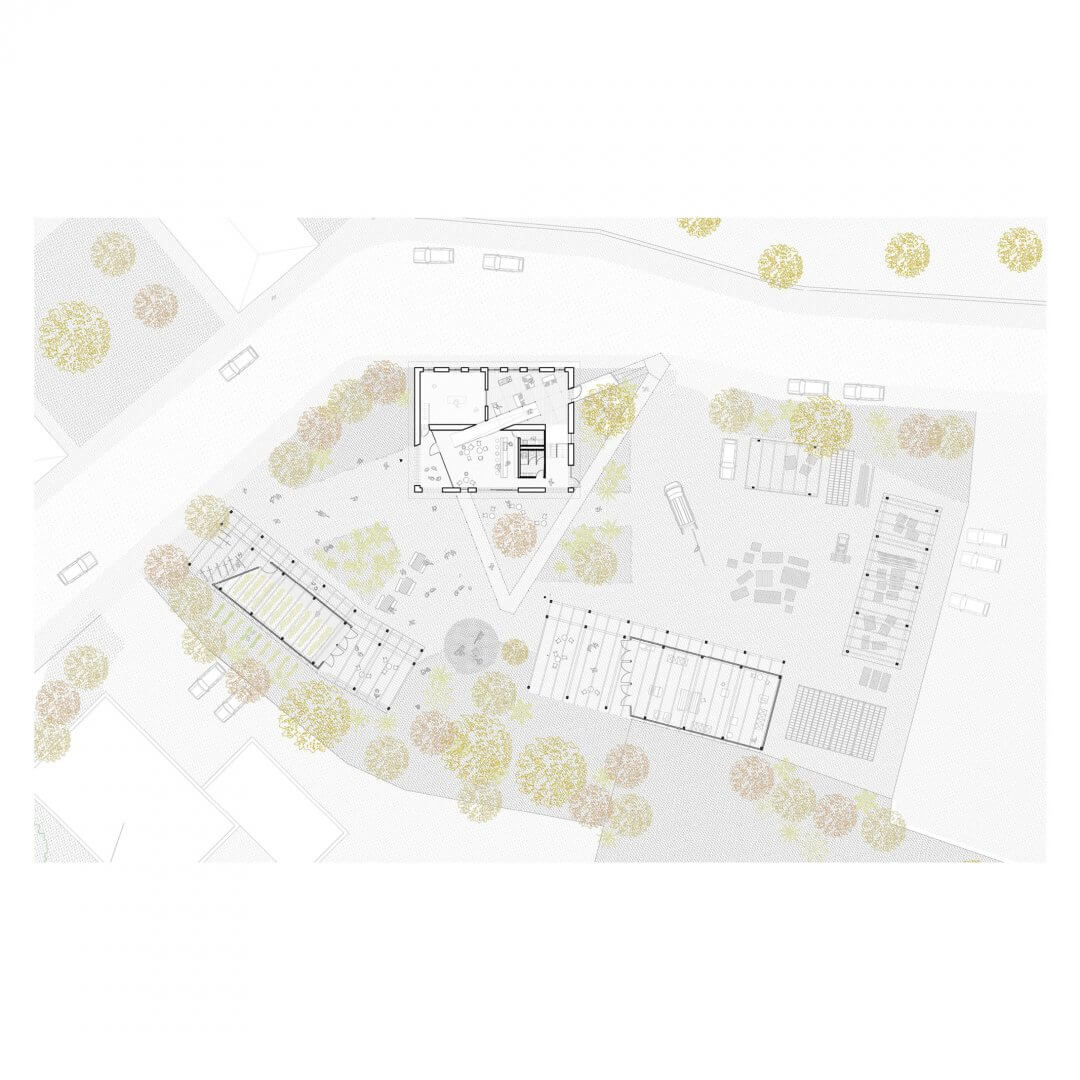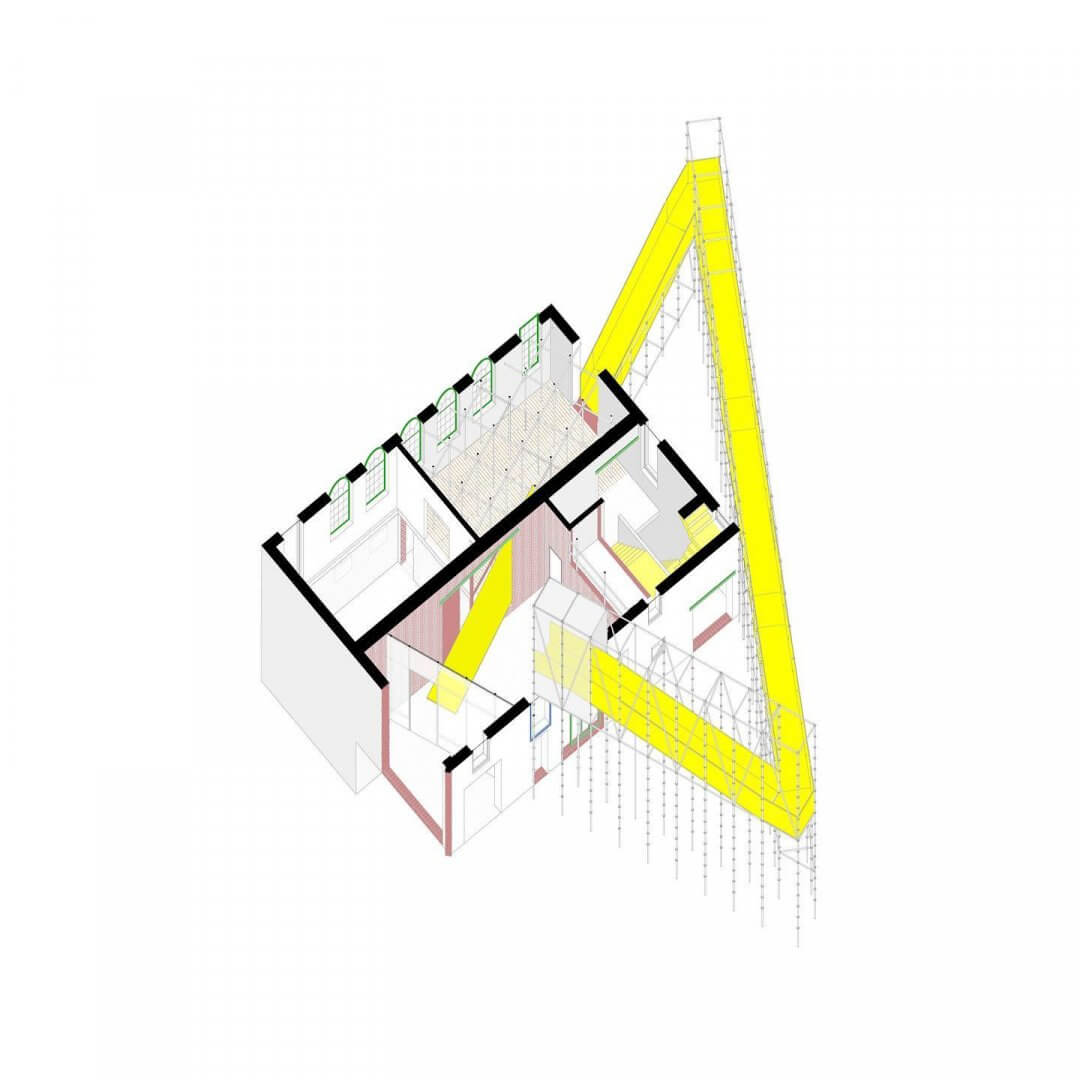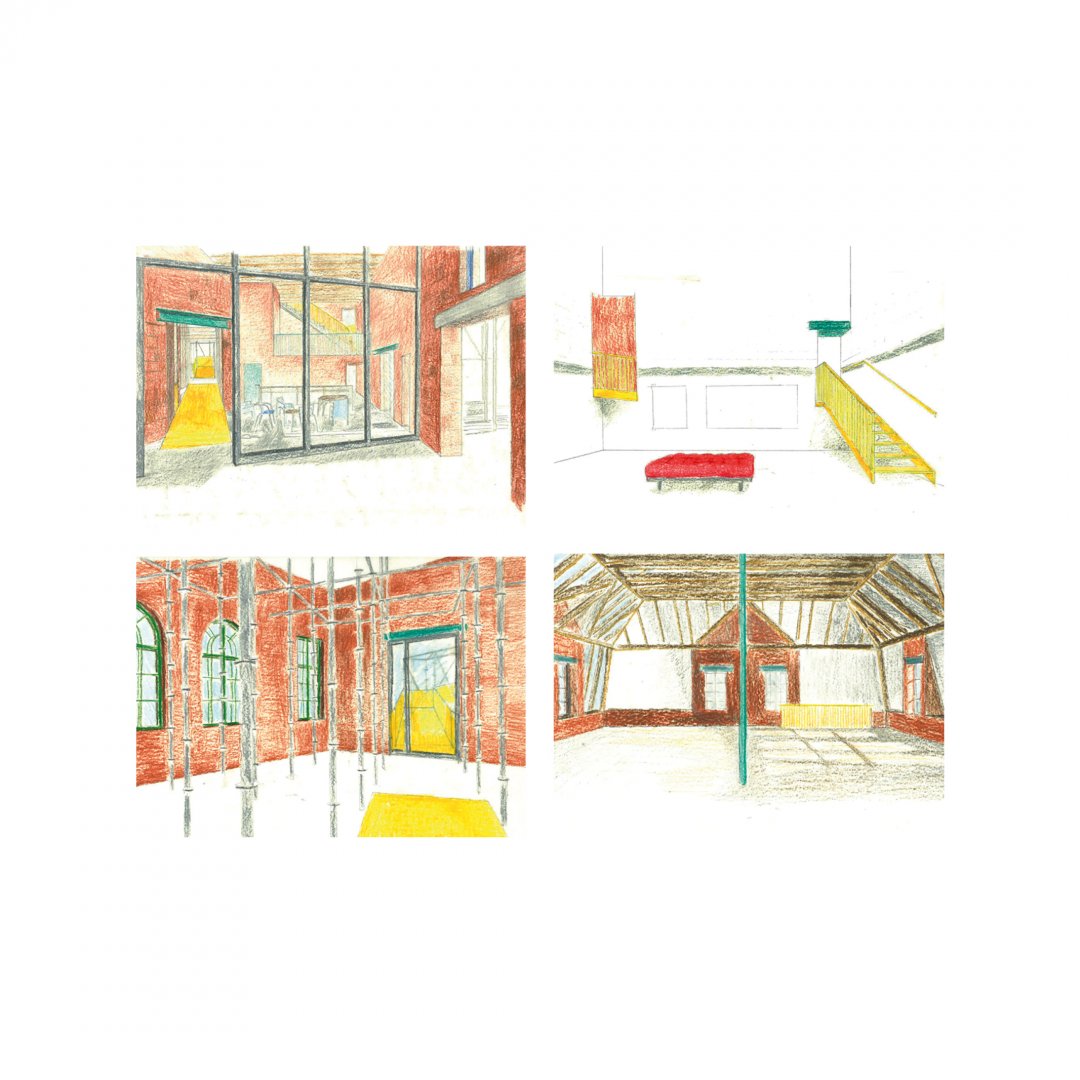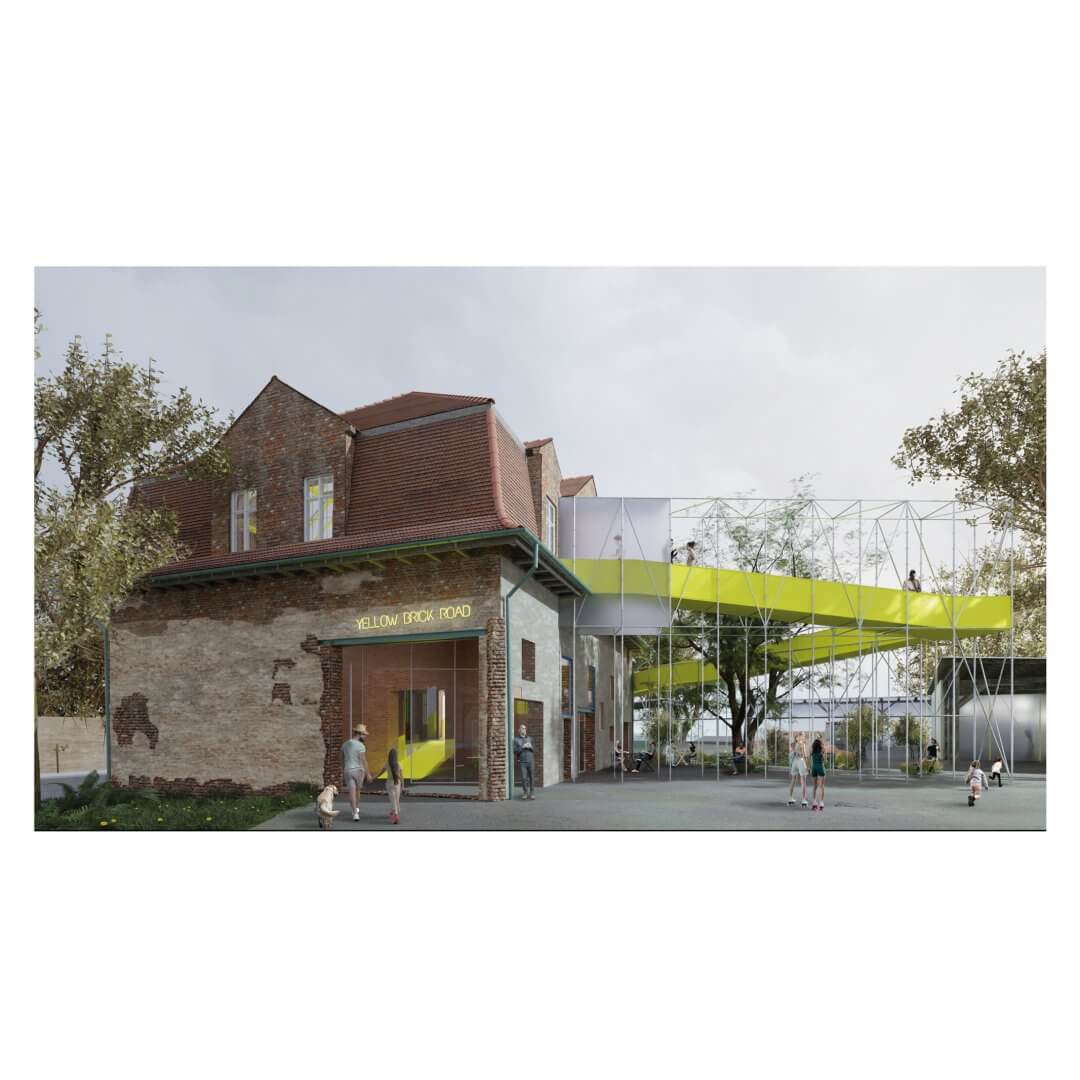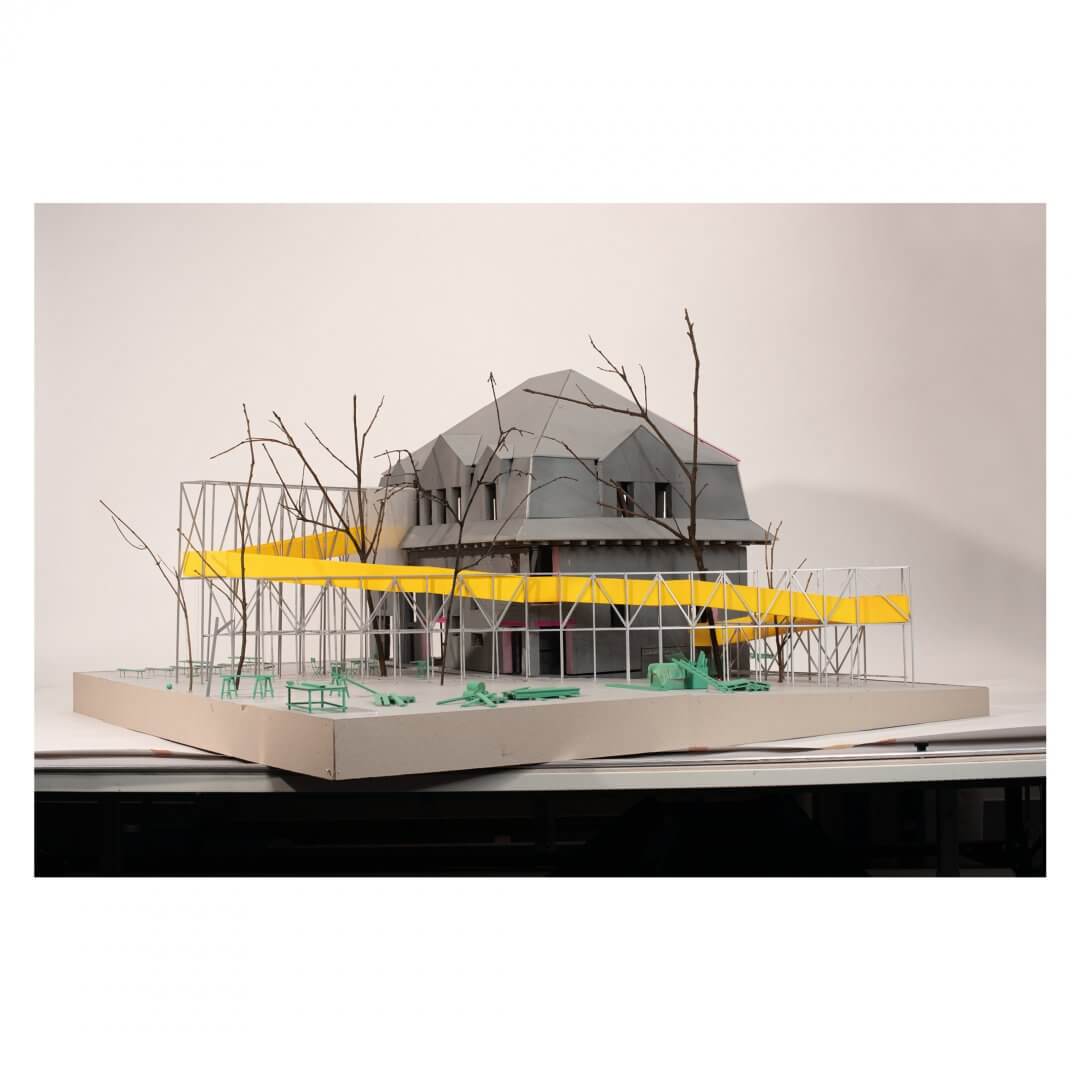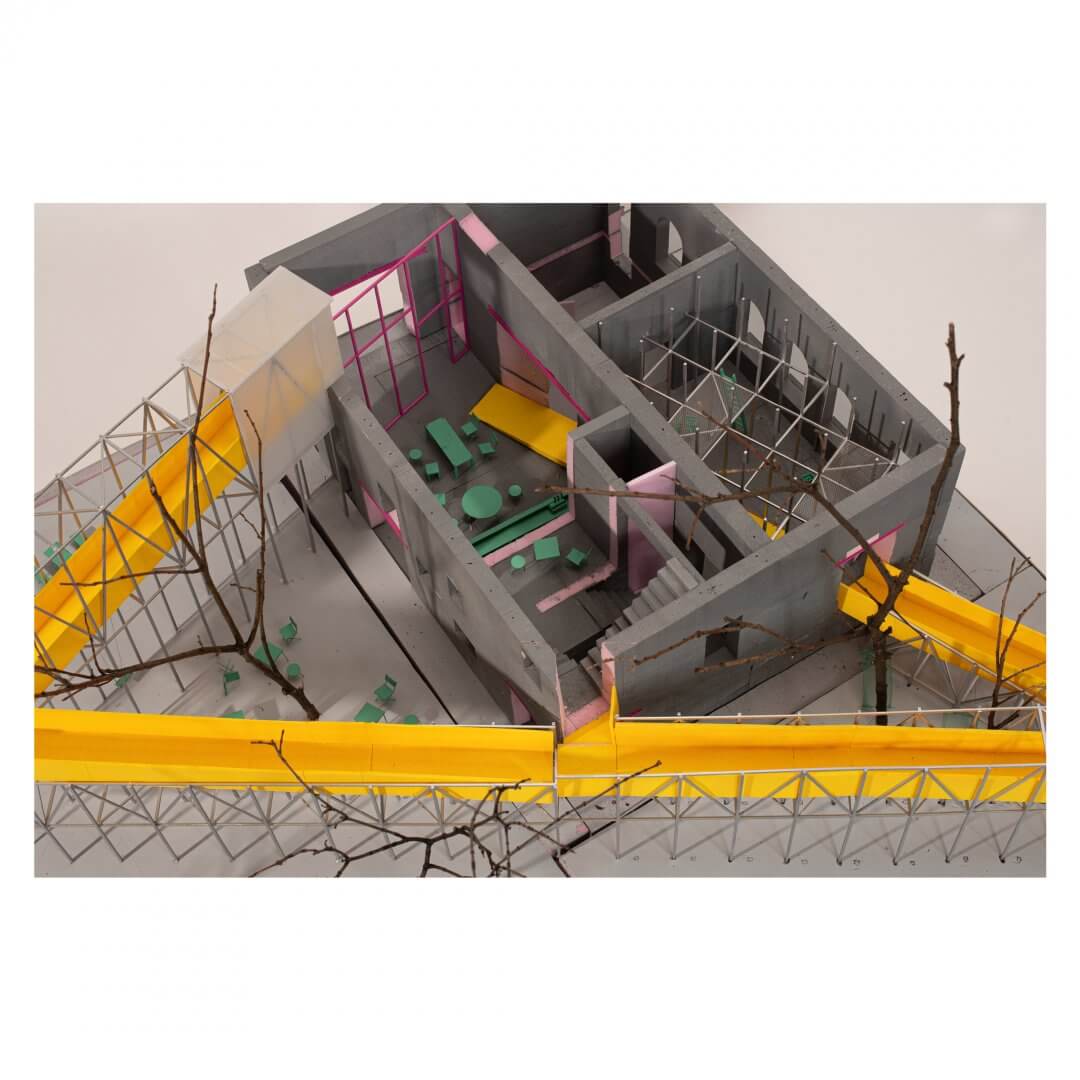Lennon Lee Hartmann+Julian Lichtmannegger+Richard Telegdy
The main intervention creates a menu of spacial conditions overlaying functions with the existing built structures. Thus creating temporary environments for different activities all throughout the plot, depending on the day, week or season.
The charming building at Seybelgasse 16 in Vienna is in a kind of limbo state because it is threatened by demolition due to a change in a zoning plan from 2007. Since then, the administration building of the former Donauchemie, built around 1910, has been in a decaying state with broken windows and rooms filled with rubbish. The Yellow Brick Road project is a new route through said existing structures and aims to create an interim use in the form of a neighborhood center. A place where different functions, lifestyles and people merge together. It is also a space full of contradictions. Warm – cold, dark – bright, loud – quiet, open – closed – yet these conditions do not cancel each other out, but rather enrich the place with diversity. The main intervention creates a selection of spatial conditions that overlay functions with the existing building structures.
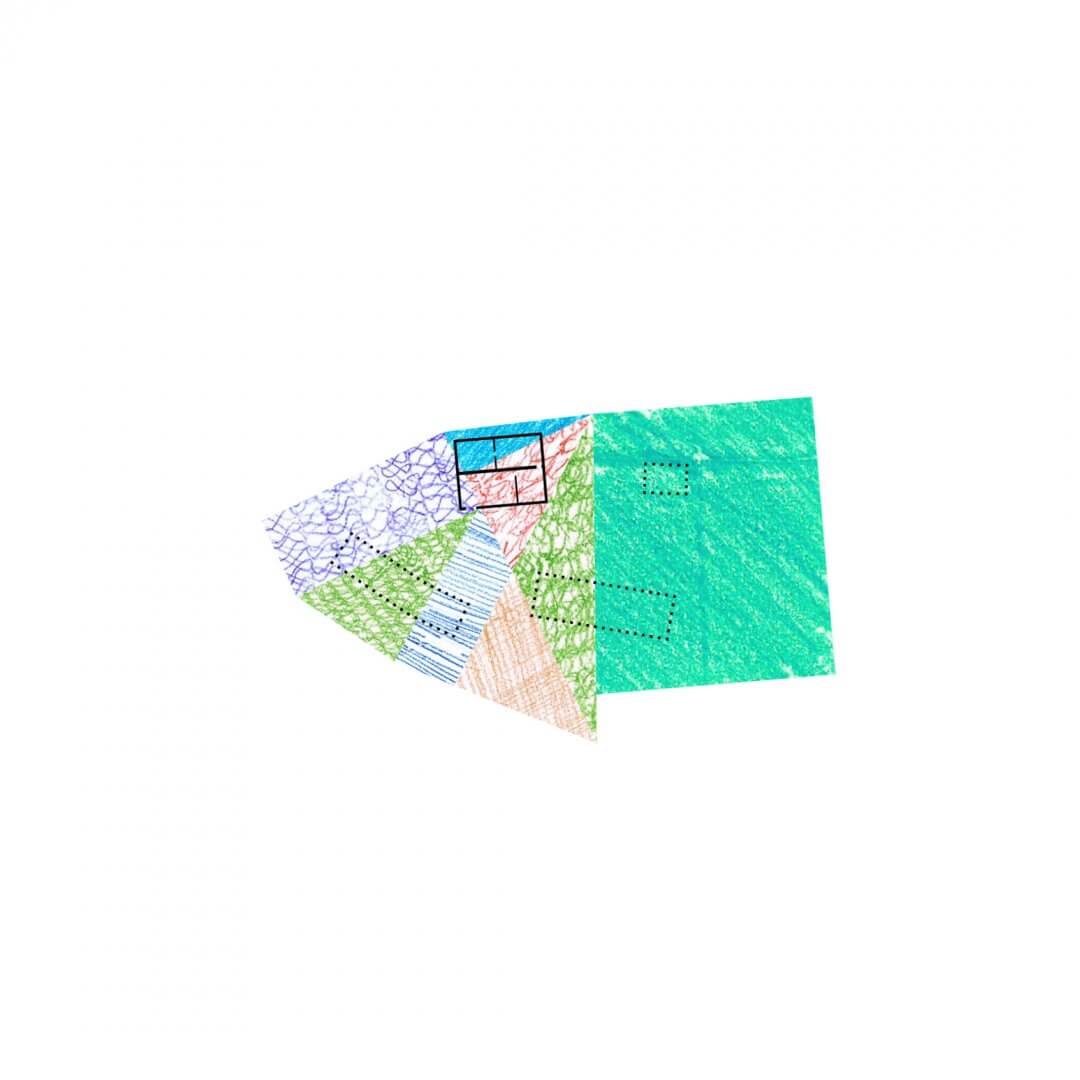
This public route organizes, distributes and allows users to experience functions that make the project a unified experience. From there one finds the right environment with every visit. Environments are created for a variety of activities throughout the property, depending on the day, week or season. The use of scaffolding underlines the temporary nature of this project. It is a final celebration of the building, combining various contrasting conditions, functions and people. The aim of the project is to focus on the potential of buildings that have already been branded by politicians and investors. Buildings that have not been used for years. Buildings that are on the verge of demolition and in a state of limbo waiting to be used. These buildings are space resources. Spatial resources that are withheld from residents by construction fences and the sight of which only causes regret. The project is not about saving the building or bringing it into shape, as demolition is unavoidable. The aim is to make the building available for the rest of its lifespan for the surrounding population, who already have a connection to the building. With a temporary intervention, the building will be celebrated one last time.
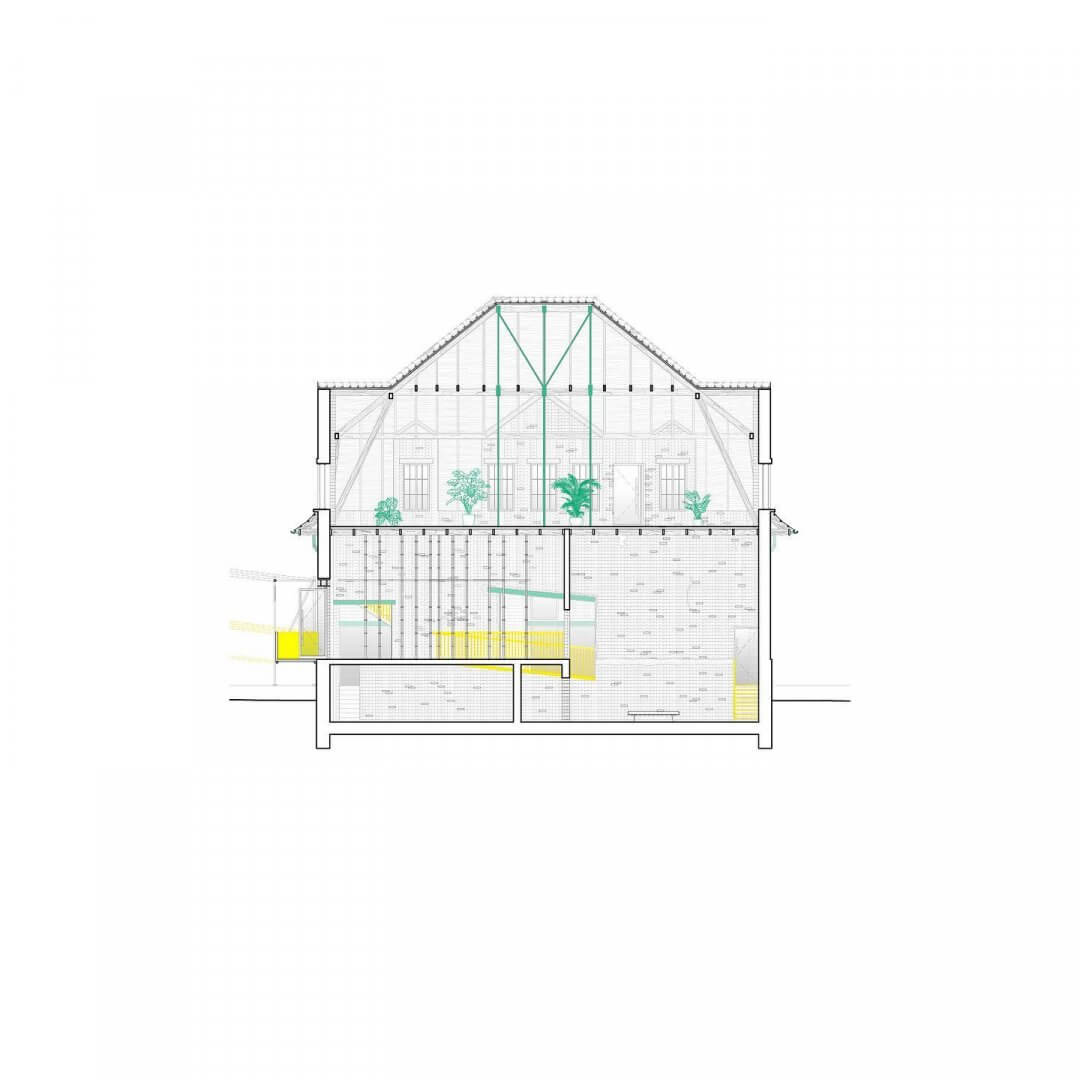
The project is a sum of equally radical and sensitive measures. The interventions are set precisely after long consideration and much thought but are carried out without regret. Ceilings and walls are cut out of the existing building and are used in the open space design. Only materials are added to the building that go back into their cycle at the end of the project period, such as the scaffolding, formwork supports and planking. The building will be supplemented with a new barrier-free access. Each space is viewed, handled differently and undergoes its own transformation.
With the project, dealing with the existing situation is seen from a very own and unique perspective. The resource space is the focus. Regardless of the building structure, there is space and it is important to use it. The transience of the building structure is exploited in this project and seen as an advantage. Yellow Brick Road shows that even buildings dedicated to demolition can still offer space for society and that all that is needed is a creative approach to ensure this. Consequently, the ephemeral becomes permanent through new appreciation.
How do we deal with the existing?
Authors: Lennon Lee Hartmann+Julian Lichtmannegger+Richard Telegdy.
Location: Vienna, Austria.
University: Technical University Vienna.
Year: 2023
